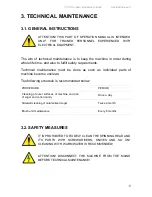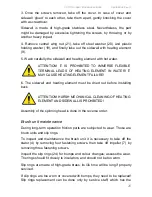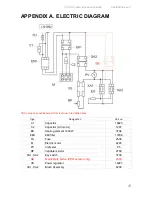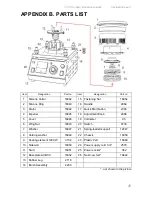
COTTON CANDY MACHINE ACB-09E
REVISED 28-Sep-17
12
as a thick rope, or, much worse, irregular flakes and sugar dust, which are
impossible to get on a stick. All those stuff fly near and around, causing
mess within up to 8-10 sq.m. This will ruin the appearance of the site and
relations with the lessor as well.
On the figure below is an example of overheated sidewall, you can see
cotton candy
that flying out like a ‘rope’.
This happens because of spinning head overheating, due to thermal lag.
The heater keeps melt sugar even after ‘Quick start’ button is released. So,
voltage increasing rapidly leads to sidewall overheating (just in 30
seconds); however, temperature reduction will take few minutes. One
should consider this while finding out ideal conditions for cotton candy
making.
That’s why operator must not keep pressed ‘Quick start’ button
(15) until first filaments of cotton candy come out, since thermal lag will
cause spinning head overheating and ‘sugar snow’ flying. The button must
be released in time.
The same consideration is also applicable for common versions of the
machine, without ‘Quick start’ button. After switching on the motor (11) and
heating (12), an experienced operator can increase the voltage to the
maximum with knob (13) for a while (normally not more than for 20
seconds). After then operator decrease the voltage to recommended value
(150-160 Volts) and proceed to wind cotton candy on sticks. This trick let












































